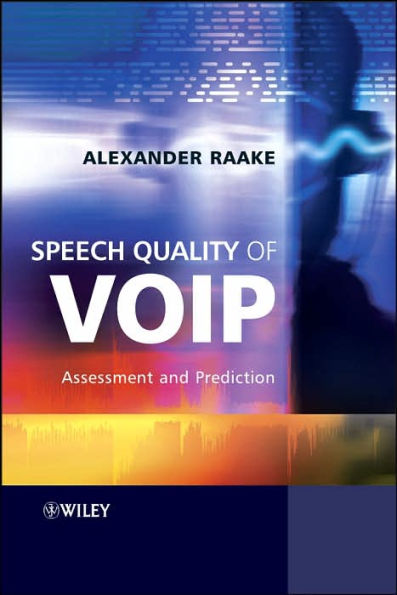Table of Contents
Preface. List of Abbreviations.
Introduction.
1 Speech Quality in Telephony.
1.1 Speech.
1.2 Speech Quality.
2 Speech Quality Measurement Methods.
2.1 Auditory Methods.
2.2 Instrumental Methods.
2.3 Speech Quality Measurement Methods: Summary.
3 Quality Elements and Quality Features of VoIP.
3.1 Speech Transmission Using Internet Protocol.
3.2 Overview of Quality Elements.
3.3 Quality Elements and Related Features.
3.4 Quality Dimensions.
3.5 Combined Elements and Combined Features.
3.6 Listening and Conversational Features.
3.7 Desired Nature.
3.8 Open Questions.
3.9 From Elements to Features: Modeling VoIP Speech Quality.
3.10 Quality Elements and Quality Features of VoIP: Summary.
4 Time-Varying Distortion: Quality Features and Modeling.
4.1 Microscopic Loss Behavior.
4.2 Macroscopic Loss Behavior.
4.3 Interactivity.
4.4 Packet Loss and Combined Impairments.
4.5 Time-Varying Distortion: Summary.
5 Wideband Speech, Linear and Non Linear Distortion: Quality Features and Modeling.
5.1 Wideband Speech: Improvement Over Narrowband.
5.2 Bandpass-Filtered Speech.
5.3 Wideband Codecs.
5.4 Desired Nature.
6 From Elements to Features: Extensions of the E-model.
6.1 E-model: Packet Loss.
6.2 E-model: Additivity.
6.3 E-model: Wideband, Linear and Non-Linear Distortion.
7 Summary and Conclusions.
8 Outlook.
A Aspects of a Parametric Description of Time-Varying Distortion.
B Simulation of Quality Elements.
C Frequency Responses.
D Test Data Normalization and Transformation.
E E-model Algorithm.
F Interactive Short Conversation Test Scenarios (iSCTs).
G Auditory Test Settings and Results.
H Modeling Details.
I Glossary.
Bibliography.
Index.




